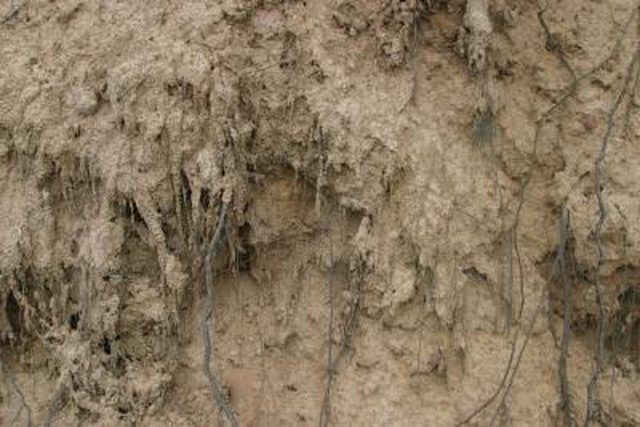Bulbs
Flower Basics
Flower Beds & Specialty Gardens
Flower Garden
Garden Furniture
Garden Gnomes
Garden Seeds
Garden Sheds
Garden Statues
Garden Tools & Supplies
Gardening Basics
Green & Organic
Groundcovers & Vines
Growing Annuals
Growing Basil
Growing Beans
Growing Berries
Growing Blueberries
Growing Cactus
Growing Corn
Growing Cotton
Growing Edibles
Growing Flowers
Growing Garlic
Growing Grapes
Growing Grass
Growing Herbs
Growing Jasmine
Growing Mint
Growing Mushrooms
Orchids
Growing Peanuts
Growing Perennials
Growing Plants
Growing Rosemary
Growing Roses
Growing Strawberries
Growing Sunflowers
Growing Thyme
Growing Tomatoes
Growing Tulips
Growing Vegetables
Herb Basics
Herb Garden
Indoor Growing
Landscaping Basics
Landscaping Patios
Landscaping Plants
Landscaping Shrubs
Landscaping Trees
Landscaping Walks & Pathways
Lawn Basics
Lawn Maintenance
Lawn Mowers
Lawn Ornaments
Lawn Planting
Lawn Tools
Outdoor Growing
Overall Landscape Planning
Pests, Weeds & Problems
Plant Basics
Rock Garden
Rose Garden
Shrubs
Soil
Specialty Gardens
Trees
Vegetable Garden
Yard Maintenance
Buffering Capacity of Soils
Buffering Capacity of Soils. In chemistry, buffer capacity is the amount of acid or base a buffered solution can soak up before its pH will start to change significantly. The buffer capacity of a soil is important in determining how its pH will change.

In chemistry, buffer capacity is the amount of acid or base a buffered solution can soak up before its pH will start to change significantly. The buffer capacity of a soil is important in determining how its pH will change.
Features
Various minerals in soil help to buffer against changes in pH when an acid or base is added. At high pH, calcium, magnesium and potassium oxides, together with carbonates, help to buffer pH changes; at acidic pH, aluminum oxides and iron hydroxides act as buffering agents; at intermediate pH levels, soil organic matter, mineral weathering and exchange reactions help to buffer the soil.
Function
A higher buffer capacity means that the soil can absorb more acid and/or base without a significant change in pH. In general, clay soils have higher buffer capacity than sandy soils, and a higher organic matter content tends to increase buffering capacity.
Significance
Buffering capacity is important because it helps to stabilize the pH. Changes in pH can affect plants in a variety of ways, especially by diminishing the fraction of nutrients in soil that are available to the plants and increasing uptake of undesirable minerals like aluminum.